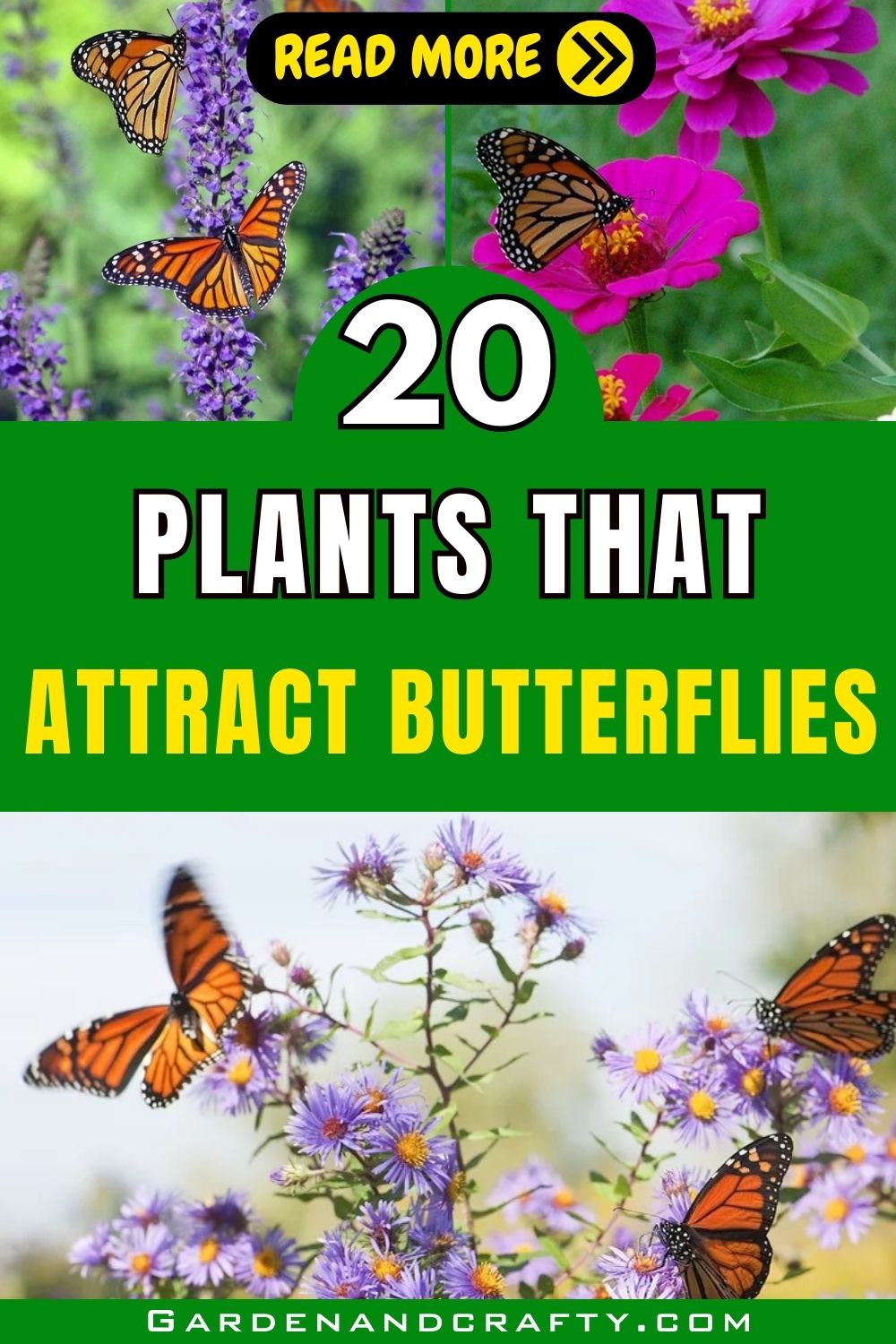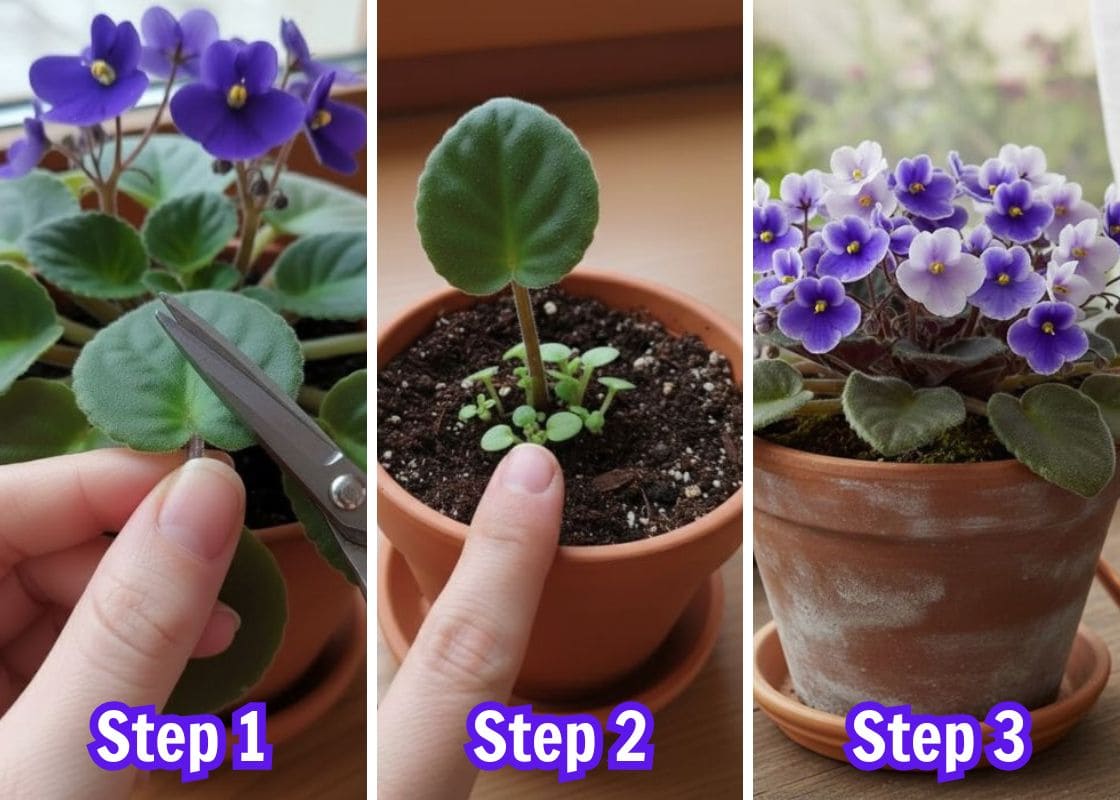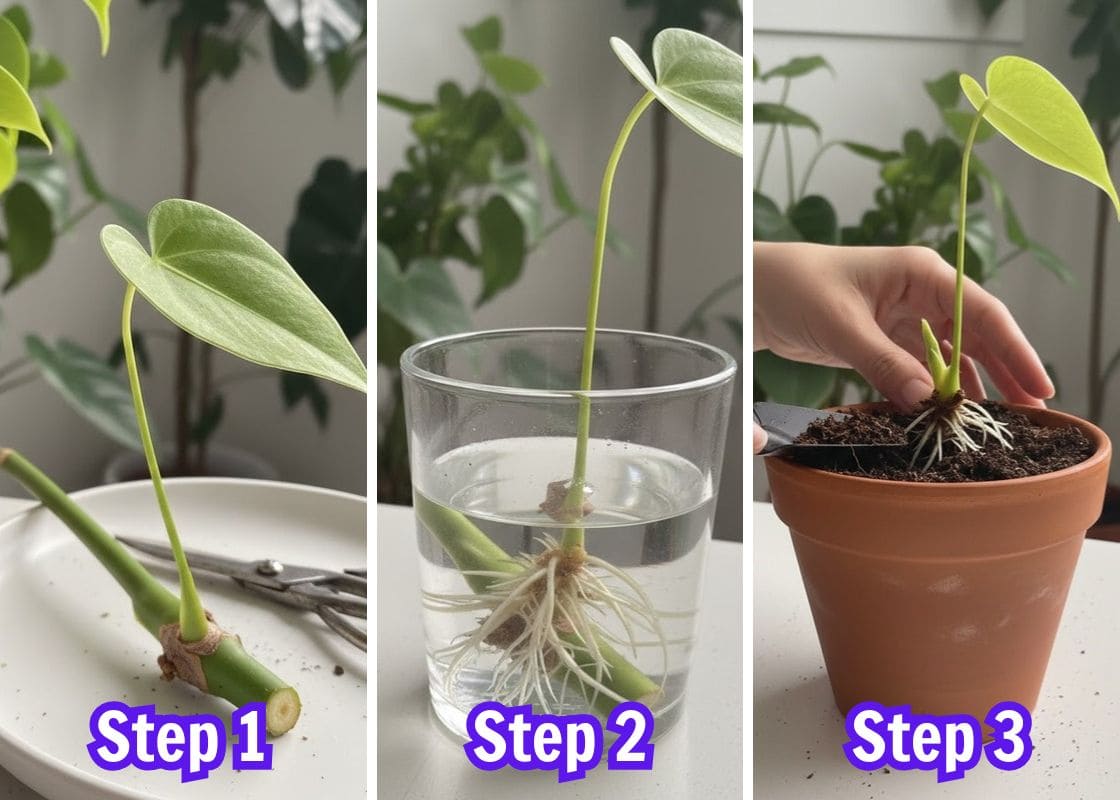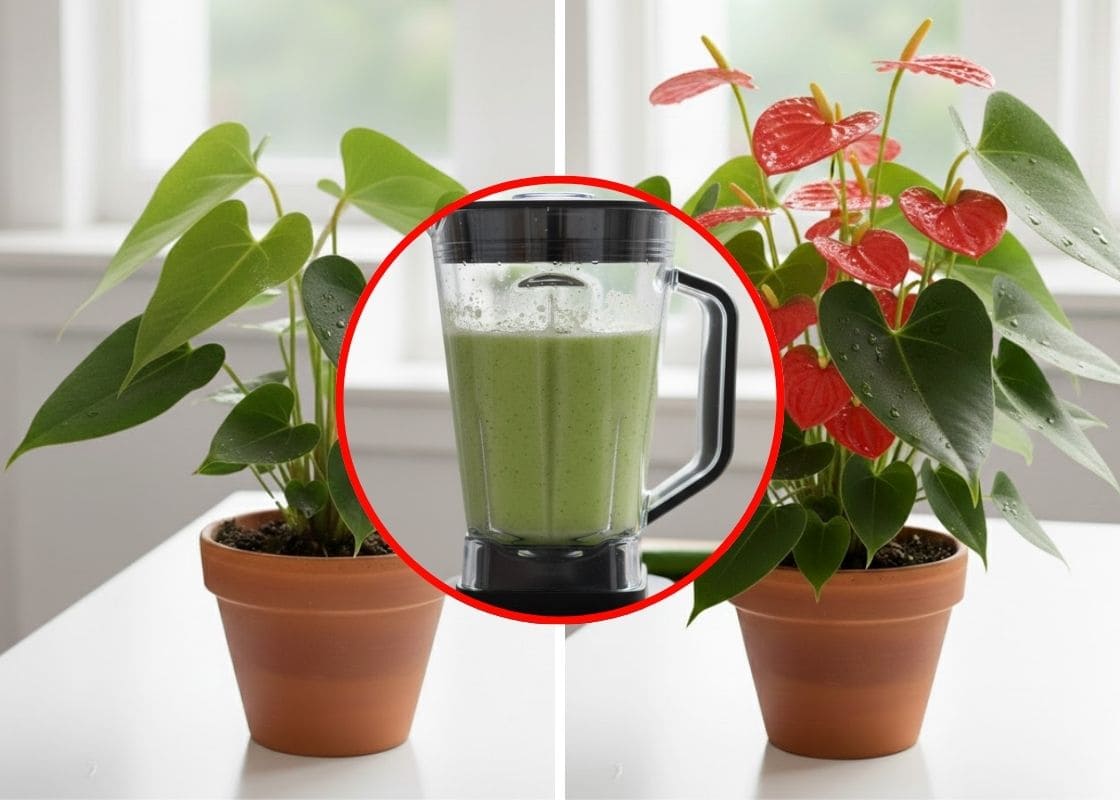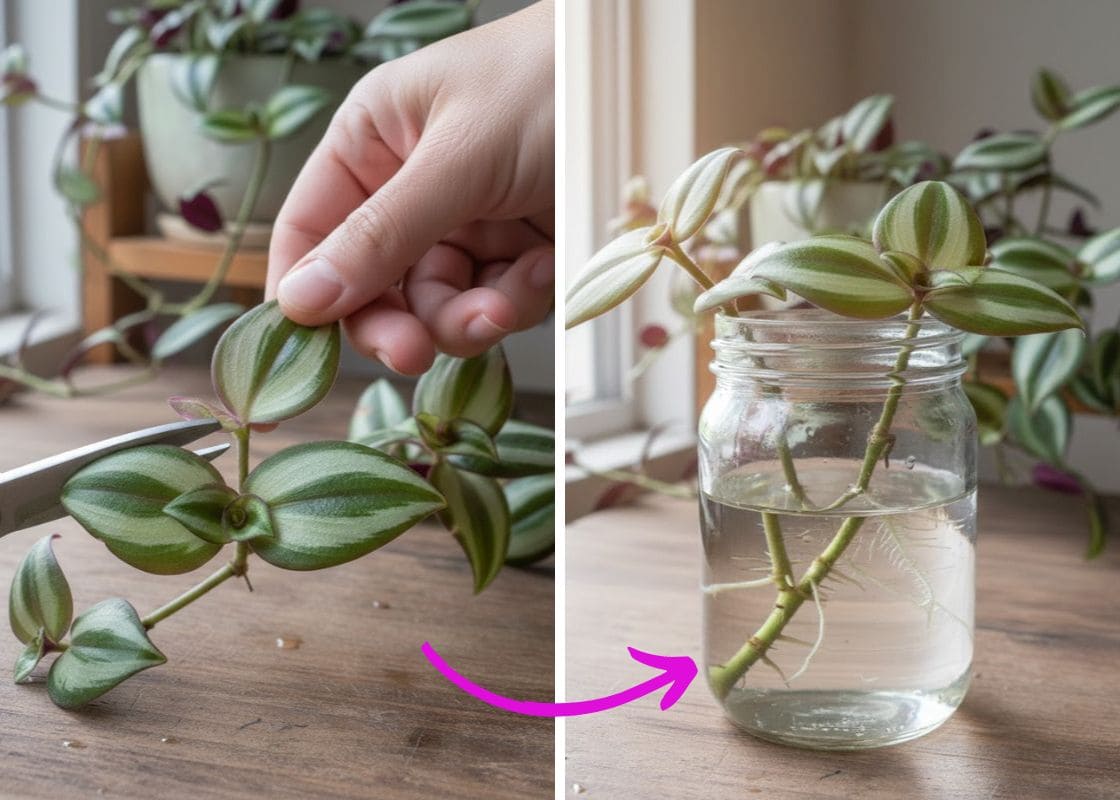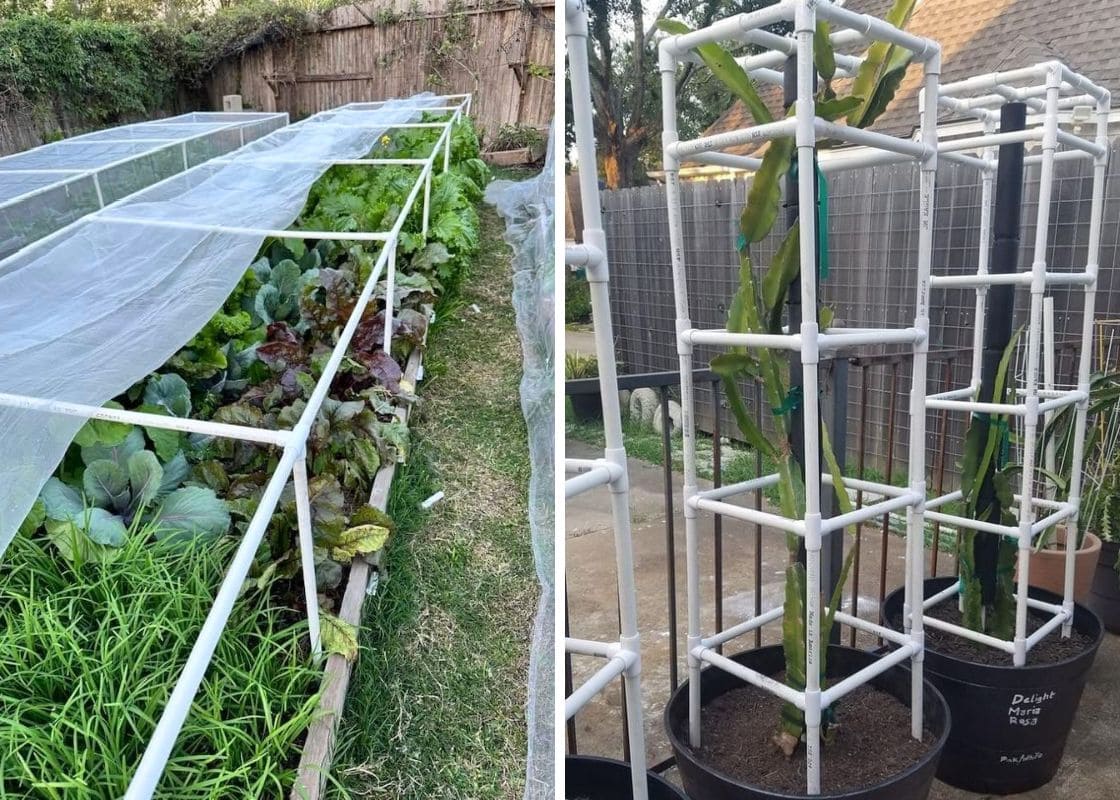A garden that is constantly abuzz with activity, with earthworms wriggling in the soil and flying critters paying visits to the flowers attracting bees, is a feast for your eyes. Similar to bees, if you wish to invite butterflies to your garden, there are particular flowers that are guaranteed to entice them to gracefully flutter around your flower beds. To help you get started, we’ve rounded up the most stunning plants that attract butterflies.
#1. Aster
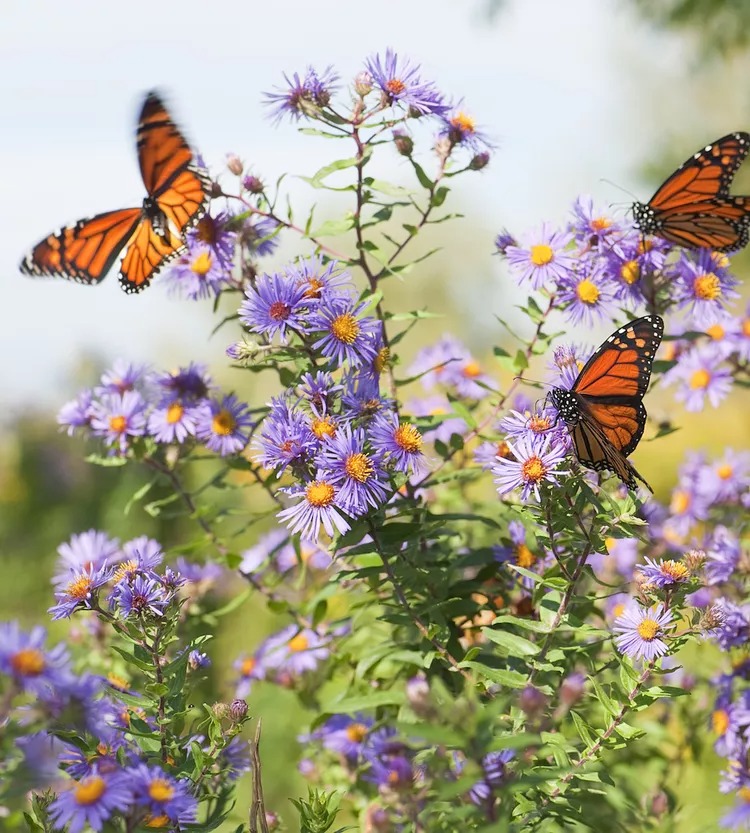
Asters, with their daisy-like flowers in various colors, are irresistible to butterflies. These late-season bloomers provide a crucial nectar source as other flowers wane.

Plant asters in well-drained soil, and ensure they receive full sun to partial shade. Water them regularly, allowing the soil to dry between waterings.
#2. Yarrow

Yarrow, with its flat-topped clusters of tiny flowers, forms a floral landing pad for butterflies. Its nectar-rich blooms attract butterflies and beneficial insects like bees and ladybugs.
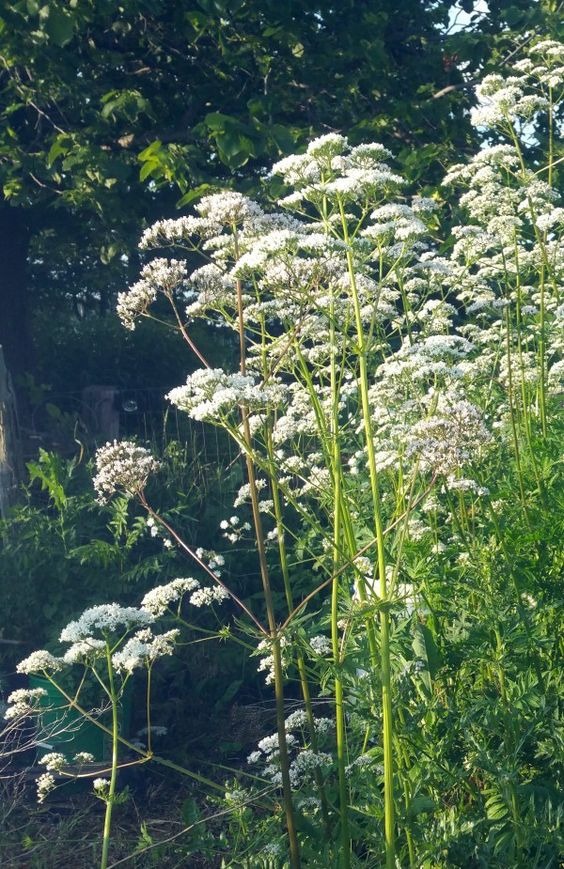
Yarrow is easy to maintain. While it can tolerate dry soil, yarrow is best planted in full sun. It’s resistant to deer and will draw lots of butterflies to your garden.
#3. Butterfly Bush
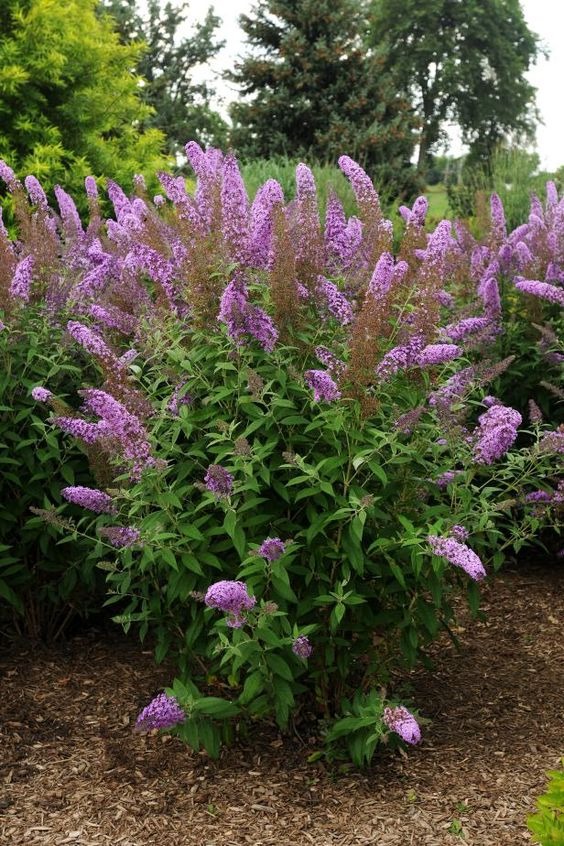
True to its name, the butterfly bush is a magnet for butterflies, drawing them in with its fragrant, cone-shaped clusters of flowers.
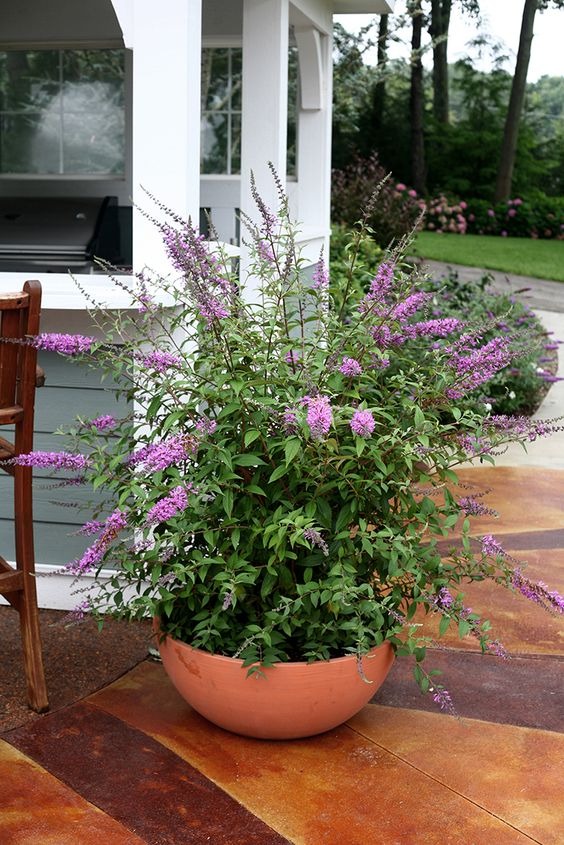
They are easy to care for, and their ability to attract butterflies throughout the growing season makes them a popular choice for butterfly gardens. Just ensure it is planted in well-draining soil and receives full sun. Regular pruning encourages continuous blooms and keeps the bush in shape.
#4. Lavender
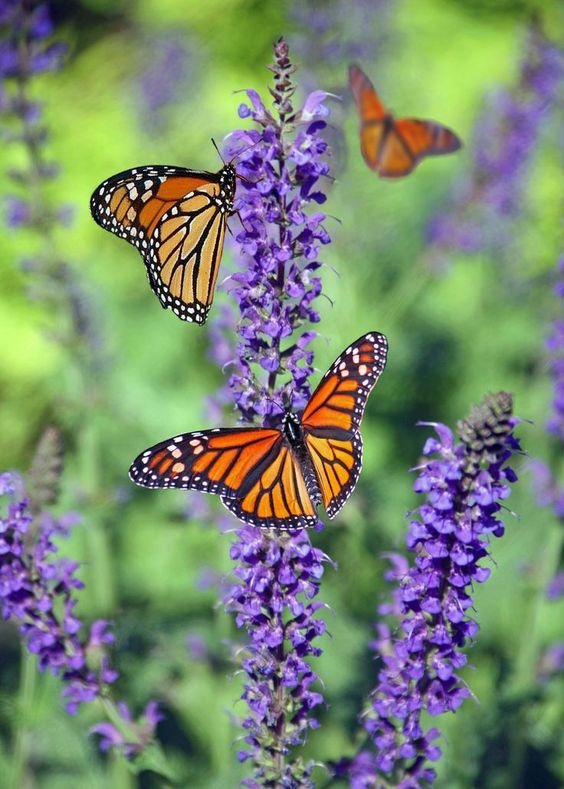
Lavender’s aromatic, spike-like flowers not only provide a soothing scent for humans but also act as a butterfly attractant. Butterflies are drawn to the abundant nectar produced by Lavender blooms.
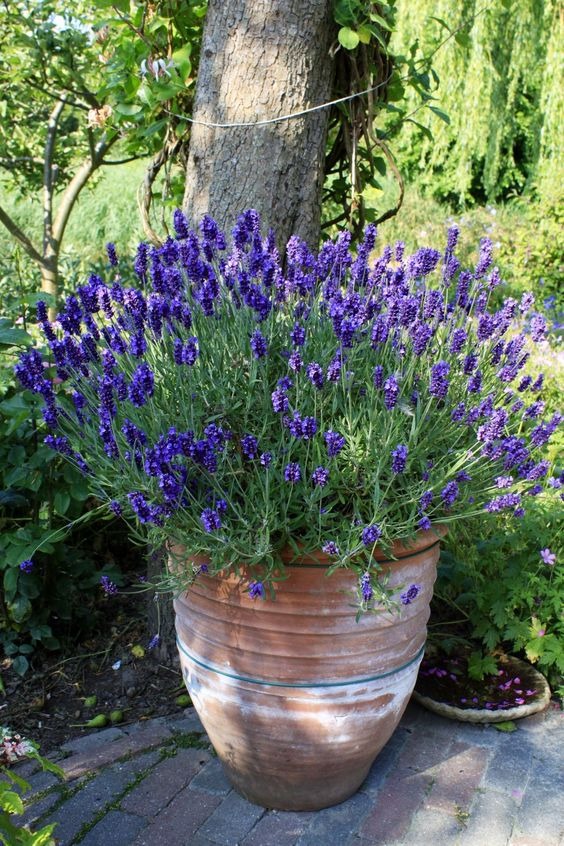
Plus, lavender will increase the number of bees in your yard because it attracts all kinds of pollinators. It grows best in soil that is drier and less humid.
#5. Coneflower
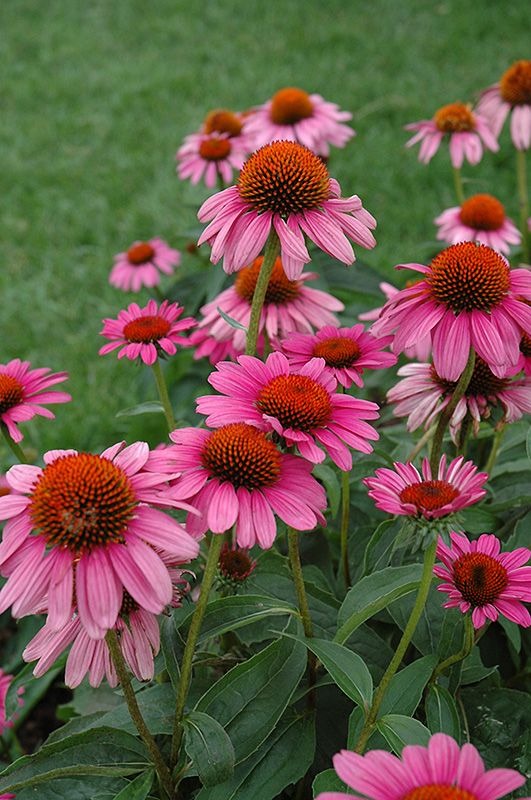
Coneflower is one of the most popular plants that attract butterflies. Their bold colors and prominent central cones provide ample nectar, attracting butterflies and bees alike.
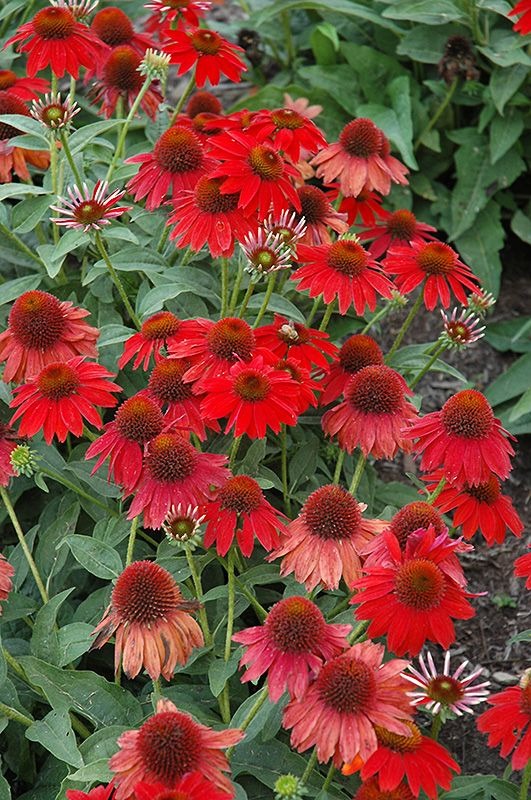
Plant Coneflowers in well-drained soil and expose them to full sun. They are relatively drought-tolerant once established, making them a resilient addition to butterfly gardens.
#6. Allium
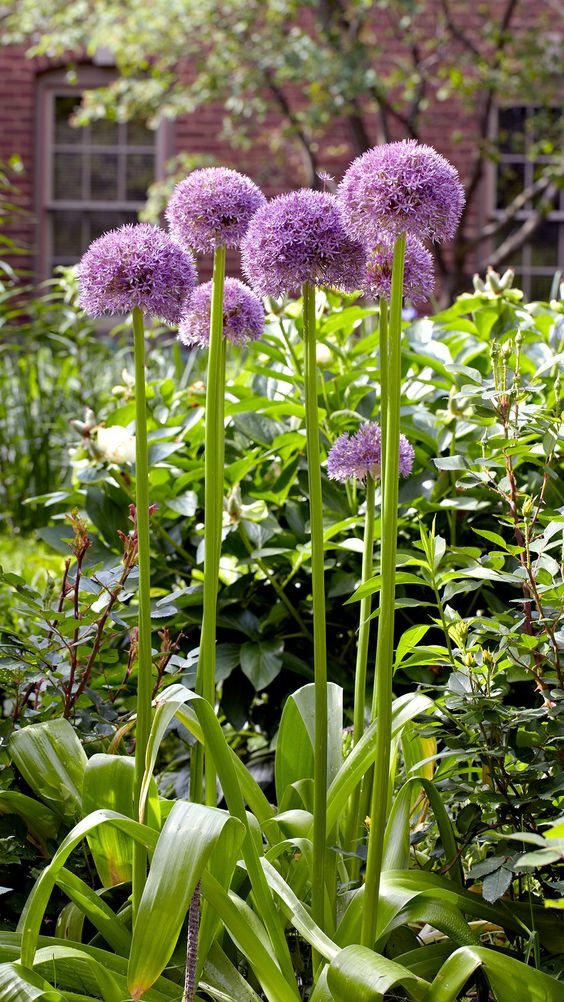
Allium, with its spherical clusters of tiny flowers, is a unique addition to butterfly gardens. The blooms’ intricate structure appeals to butterflies seeking nectar.

Moderate watering is sufficient for these hardy plants. Before planting, pick a position that receives full sun in your garden to ensure its optimal growth.
#7. Milkweeds
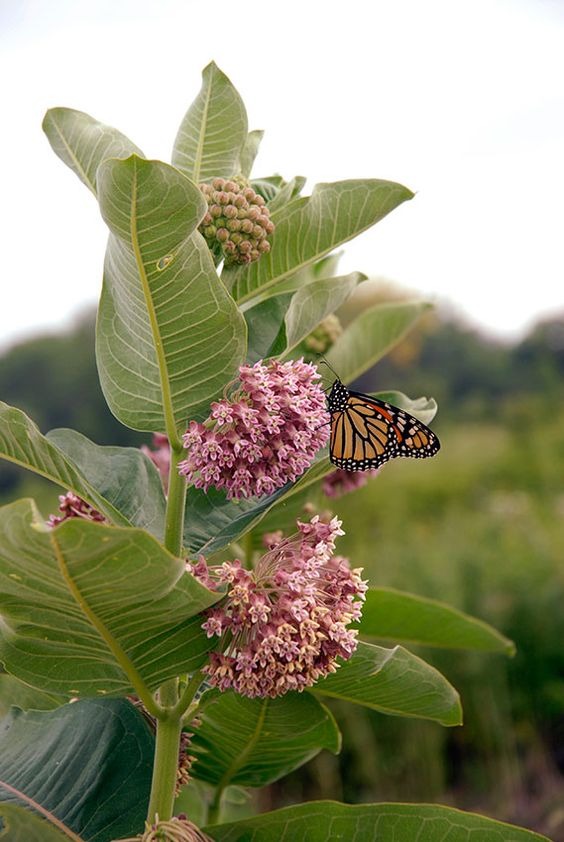
Milkweeds are the quintessential butterfly host plant, providing essential sustenance for Monarch butterfly caterpillars. The nectar-rich flowers attract a variety of butterflies, making Milkweeds a must-have in butterfly gardens.
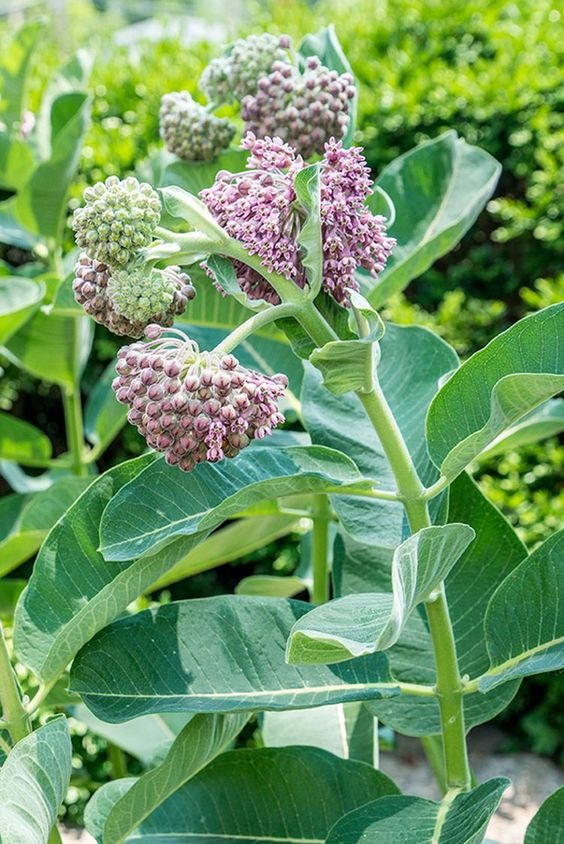
Although native milkweed species do not impede migration, tropical milkweed can have an impact on the migratory patterns of monarch butterflies.
#8. Marigold
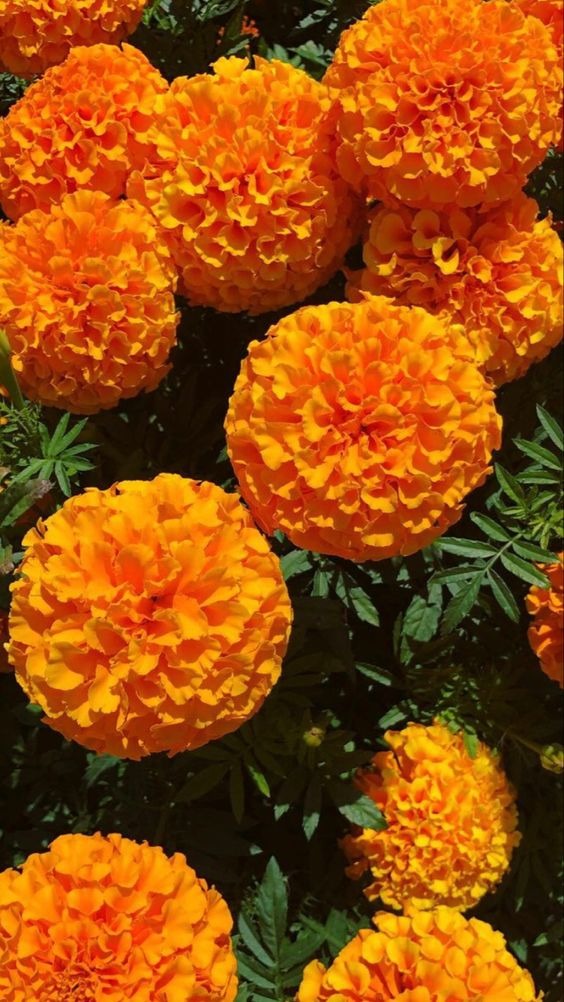
Marigolds are not only visually appealing but also attract butterflies with their abundant nectar. These hardy flowers are relatively low-maintenance, requiring moderate watering.
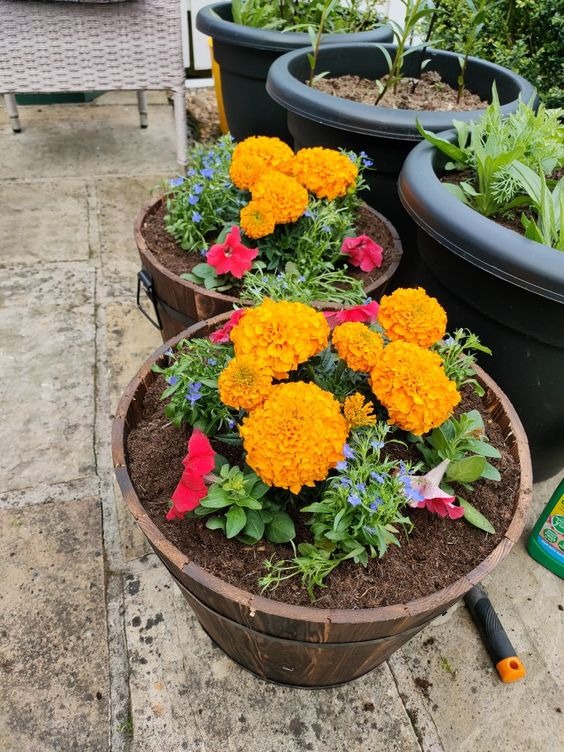
You can plant them close to your vegetable plants to help deter pests, as they will attract pollinators like bees and butterflies, which will help you grow more vegetables.
#9. Goldenrod
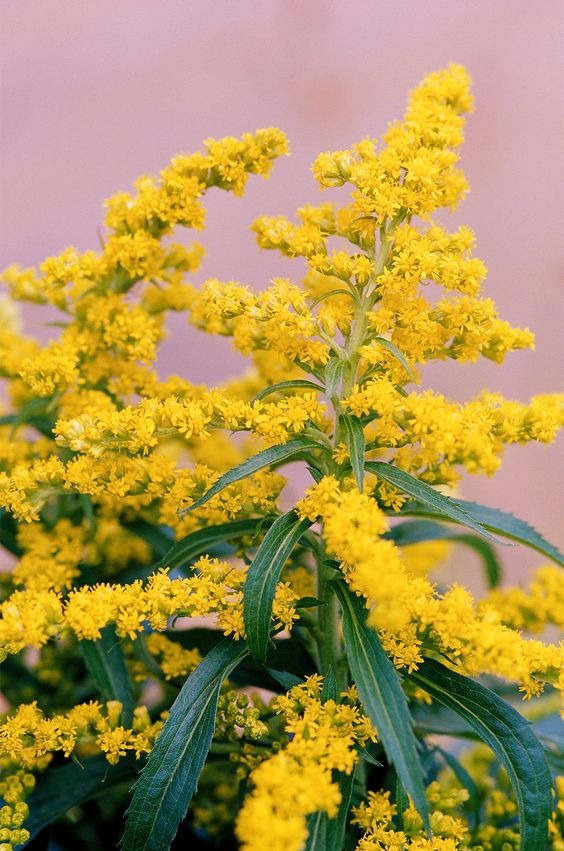
Despite its undeserved reputation, goldenrod is a valuable addition to butterfly gardens, attracting a host of pollinators. Butterflies always love these gorgeous golden-yellow flowers that bloom late summer through fall

Goldenrods are perennials that adore the sun. They can withstand dry conditions and are resistant to deer and drought.
#10. Cardinal
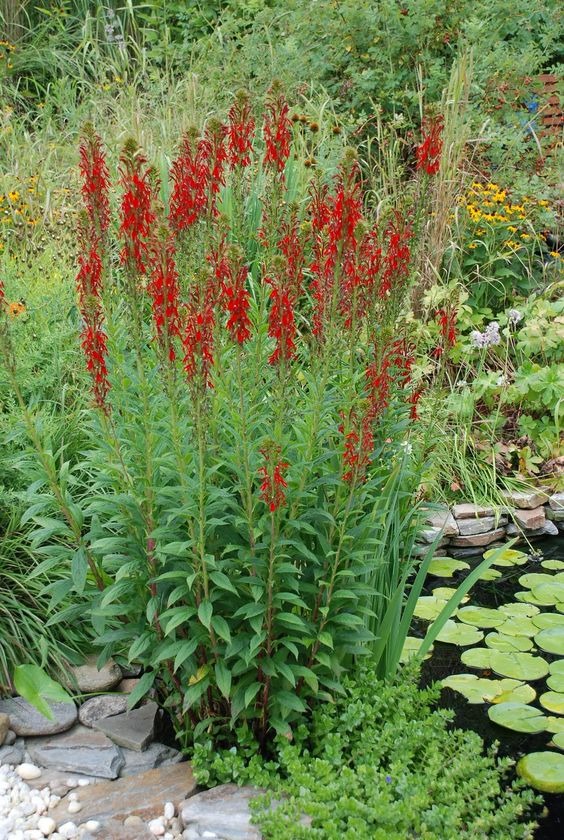
Cardinal has striking color and the ability to attract butterflies, adding a touch of drama to water features and moist garden areas and creating a haven for both gardeners and winged visitors.
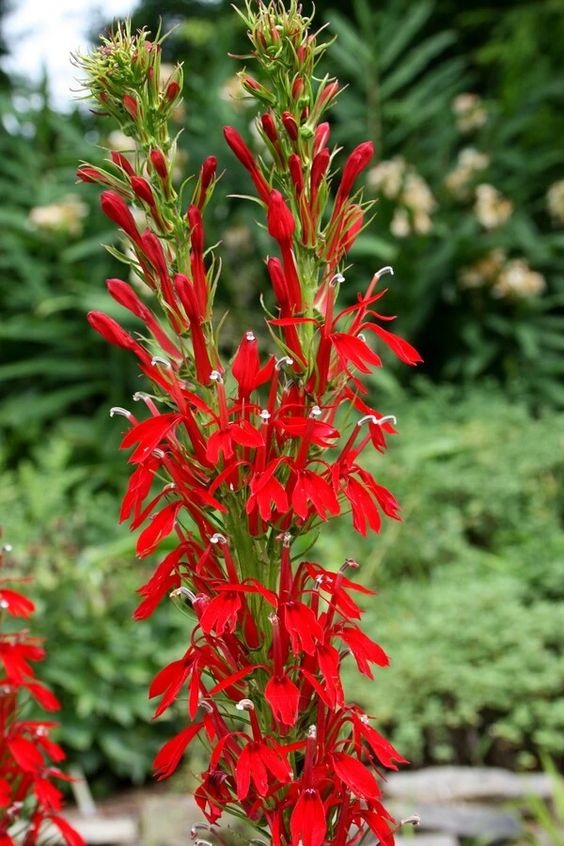
Although it grows best in moist soil, it can be found growing in almost any sunny or partly sunny spot. Additionally, regular watering is essential for the cardinal flower’s success.
#11. Salvia
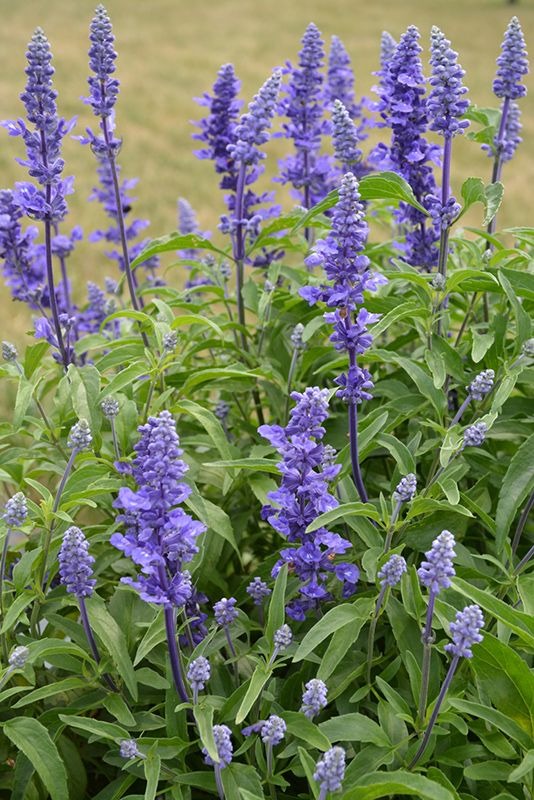
The evergreen variety of salvia, also known as sage, is colorful and adaptable to many climates. Because of their nectar-rich blooms, hummingbirds and butterflies are drawn to them.
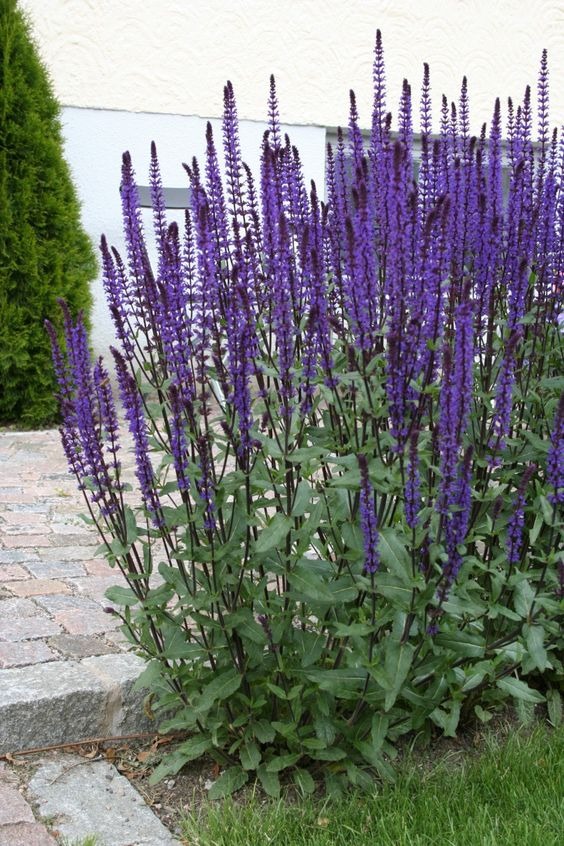
Salvia can withstand little water and is resistant to disease and deer. Many kinds of salvia are used as ornamental plants (usually for their flowers), and herbs, occasionally for their fragrant and ornamental foliage.
#12. Sunflower

The iconic Sunflower, with its large, sunny blooms, is not only a visual delight but also a beacon for butterflies. The abundance of nectar-rich florets in the central disk attracts butterflies seeking sustenance.
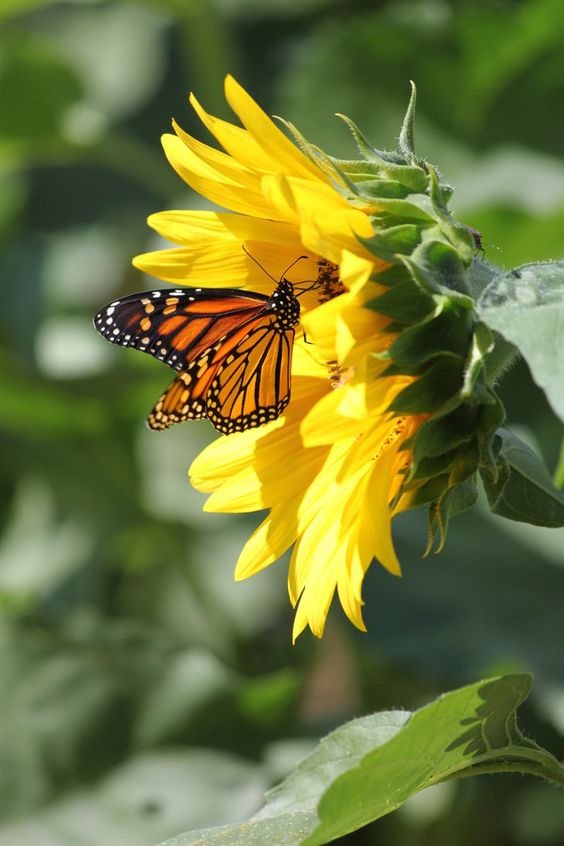
A bonus is that the large amount of foliage provides a great source of food for caterpillars. Their seeds are also edible.
#13. Buttonbush
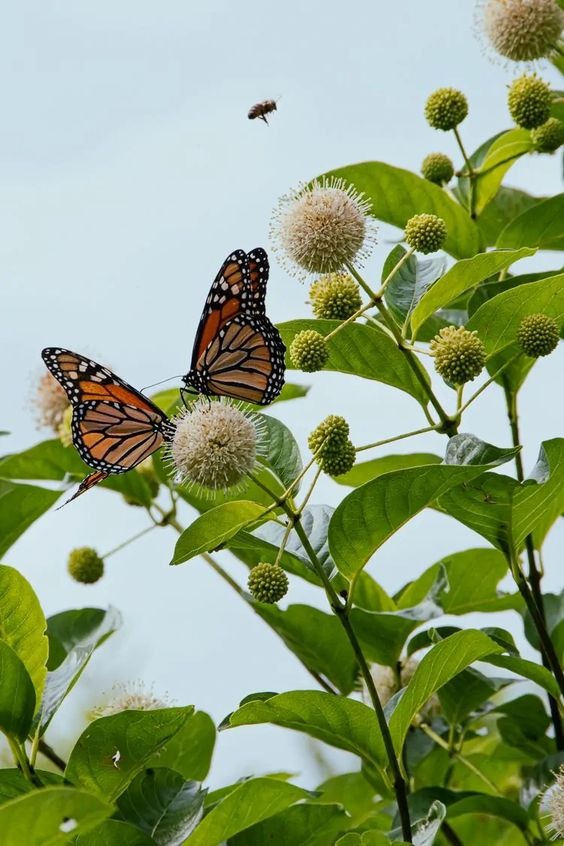
Buttonbush, with its unique spherical clusters of small, fragrant flowers, is a butterfly and pollinator favorite. Its intricate flowers and butterfly-attracting qualities contribute to the ecological diversity of your garden, providing a haven for winged visitors.

This plant prefers moist soil, and can even flourish in flood-prone areas, making it an excellent choice for water features and wetland gardens.
#14. Cornflower
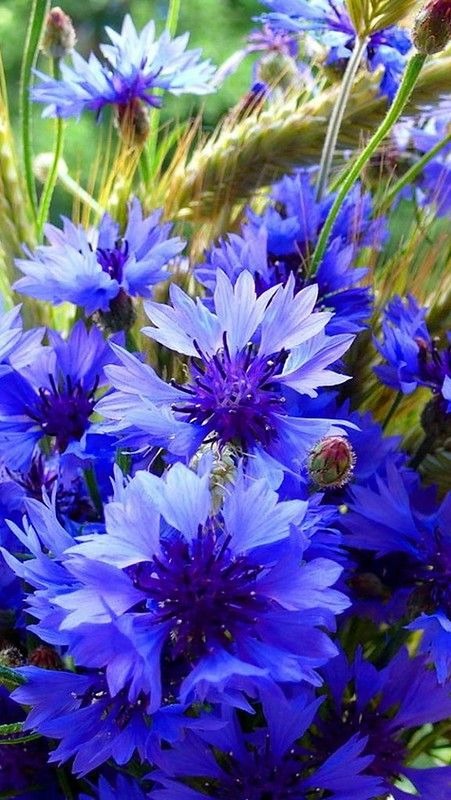
Sun-filled areas are ideal for perennial cornflowers, also known as bachelor’s buttons or mountain bluet. It can reach a height of one to two feet and typically blooms in the early summer.
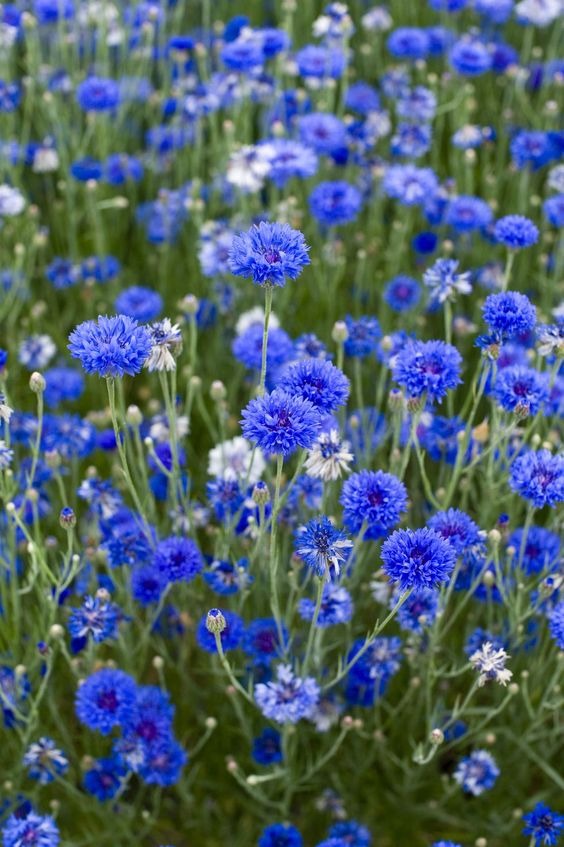
Butterflies adore the white, pink, or blue flowers that cornflowers produce. It’s a versatile choice for borders, meadows, or as part of a cottage garden.
#15. Black-Eyed Susan
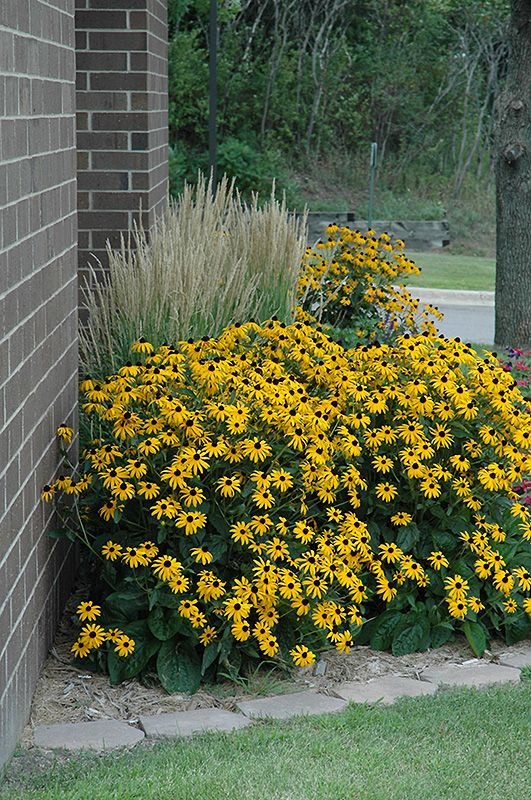
Black-Eyed Susan is a perennial flower that is an easy-to-grow wildflower native to North America. It blooms in late summer and can have bronze, yellow, or gold hues.

Although this flower is well known for drawing butterflies, birds like finches will also be drawn to the seeds of the Black-Eyed Susan.
#16. Lantana
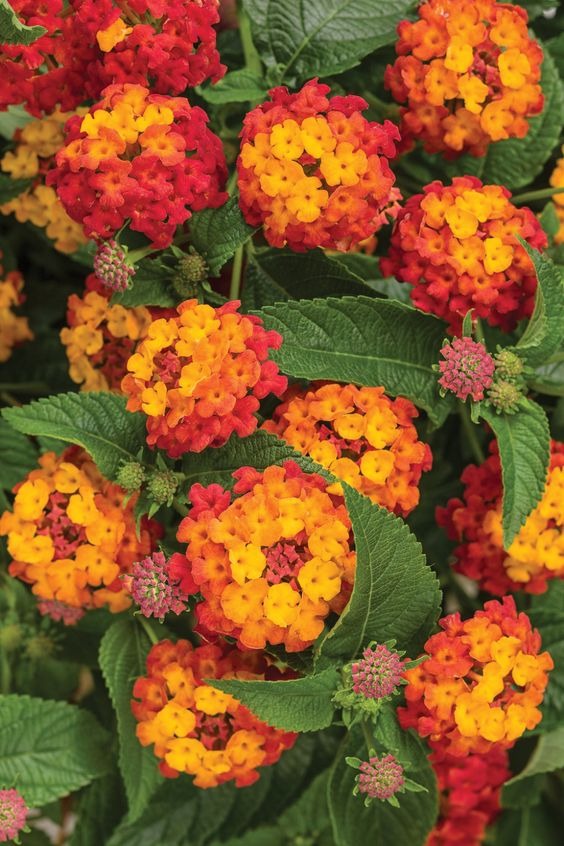
Lantana, with its clusters of small, vibrant flowers, forms a butterfly banquet with its abundant nectar. It is relatively drought-tolerant once established, making it a low-maintenance choice for a garden with plants that attract butterflies.
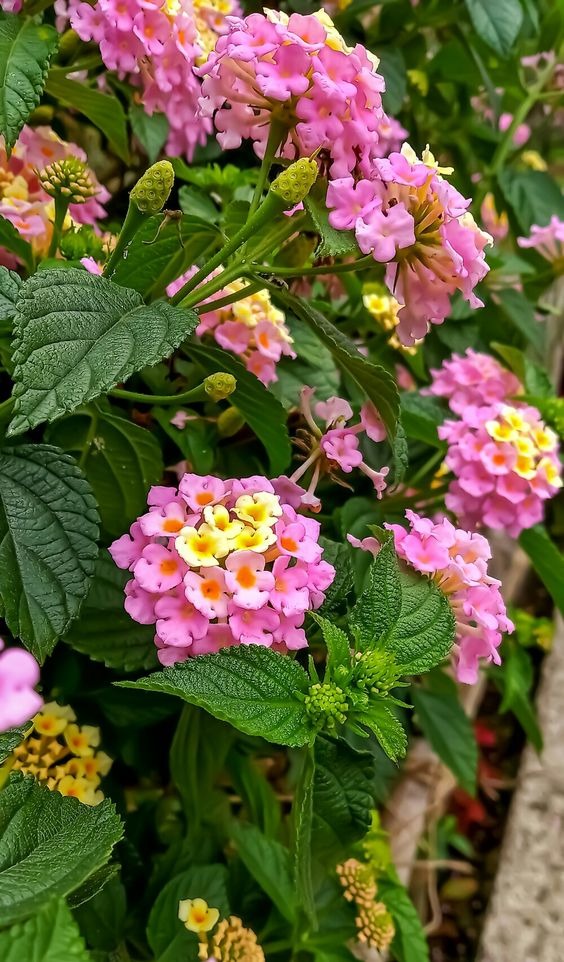
Like other humidity-loving plants, lantana grows well in sunny, hot climates and can withstand humid conditions.
#17. Zinnia
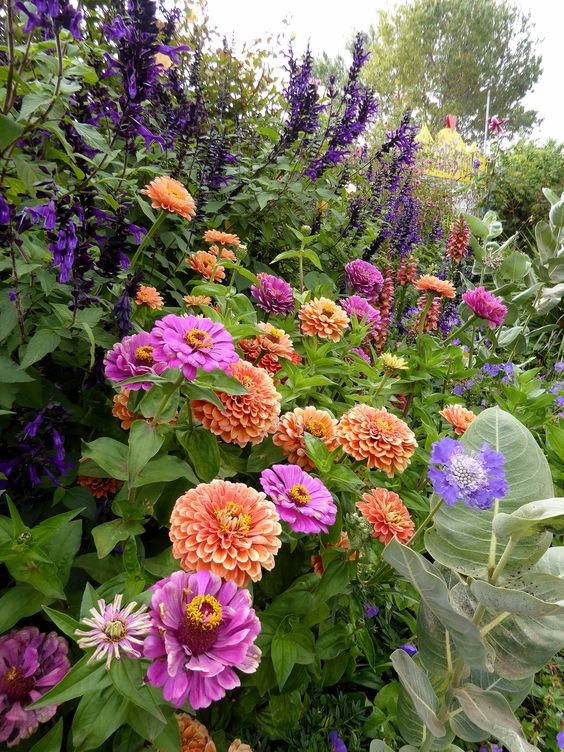
Except for blue, zinnia plants grow to be diversely sized and shaped, and they offer a wide variety of colored flowers. This flower is beloved by hummingbirds and butterflies
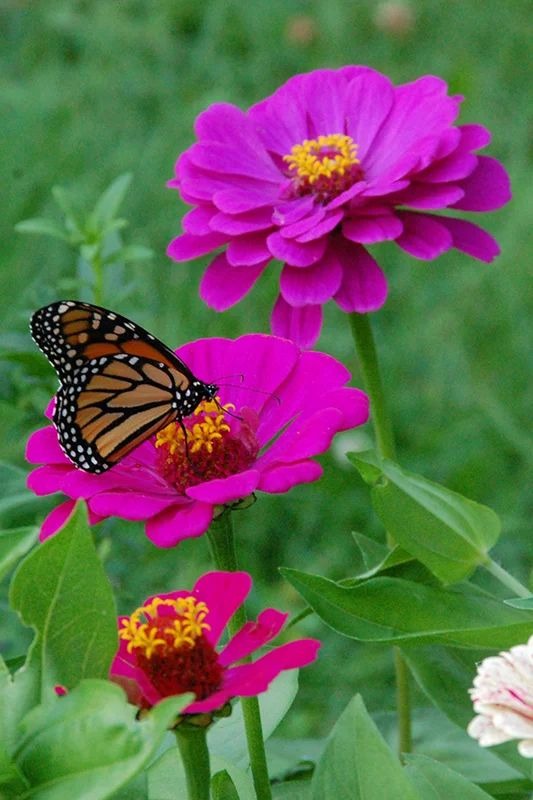
Their long-lasting blooms and butterfly-attracting qualities make them an ideal choice for borders, cutting gardens, or as part of a vibrant butterfly garden.
#18. Joe-Pye Weed
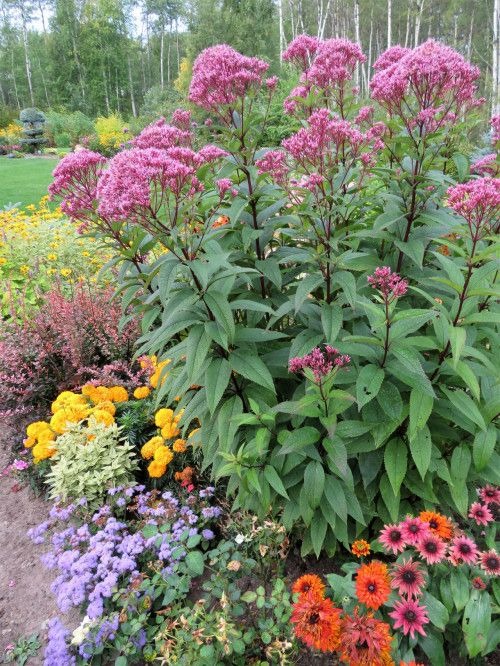
Joe-Pye weed is a native perennial that grows in late summer and is very easy to grow. This one has gorgeously dark foliage and white flowers when it blooms.
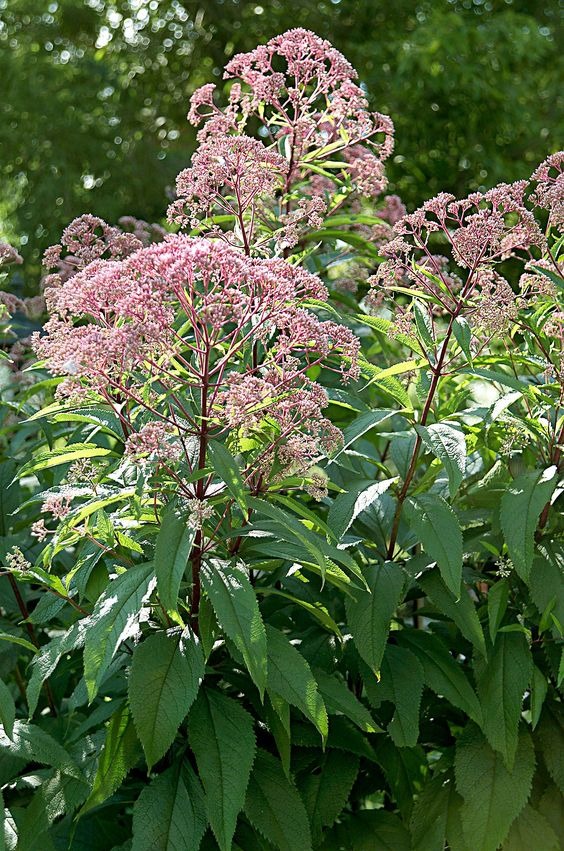
It adores sunlight and slightly wet ground. Nectar-rich flowers of Joe-Pye weed attract a variety of winged visitors, including butterflies and bees.
#19. Phlox
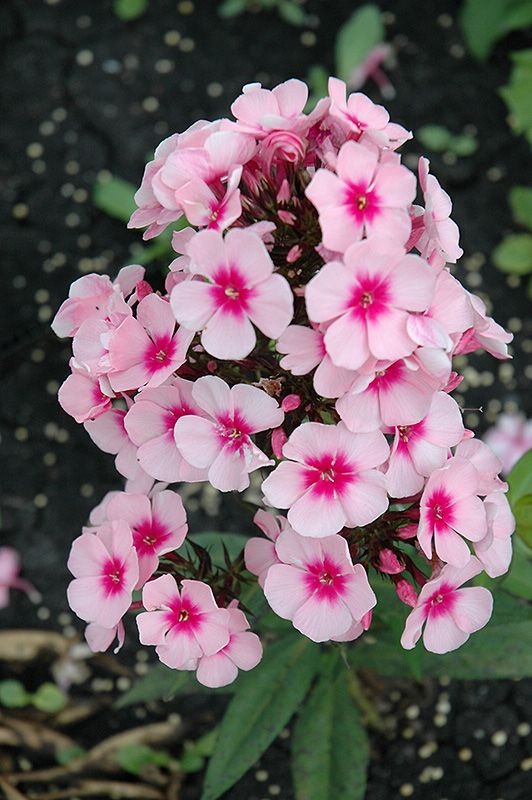
These perennial flowers include coral, pink, orange, purple, red, yellow, white, and blue blooms that come in a rainbow of shapes and hues. The summertime blooms are long-lasting and attract butterflies with their nectar.

Regular watering keeps phlox thriving, and proper air circulation helps prevent mildew. This plant is often planted in borders, rock gardens, or as ground cover.
#20. Verbena
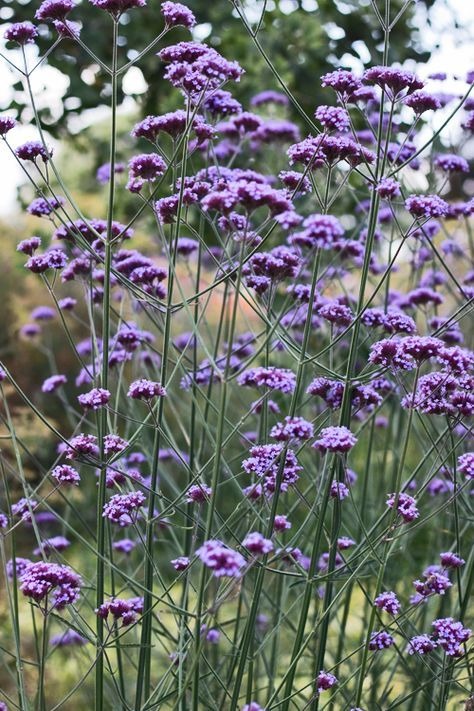
Verbena, with its cascading clusters of flowers, forms a butterfly banquet with its prolific nectar production.
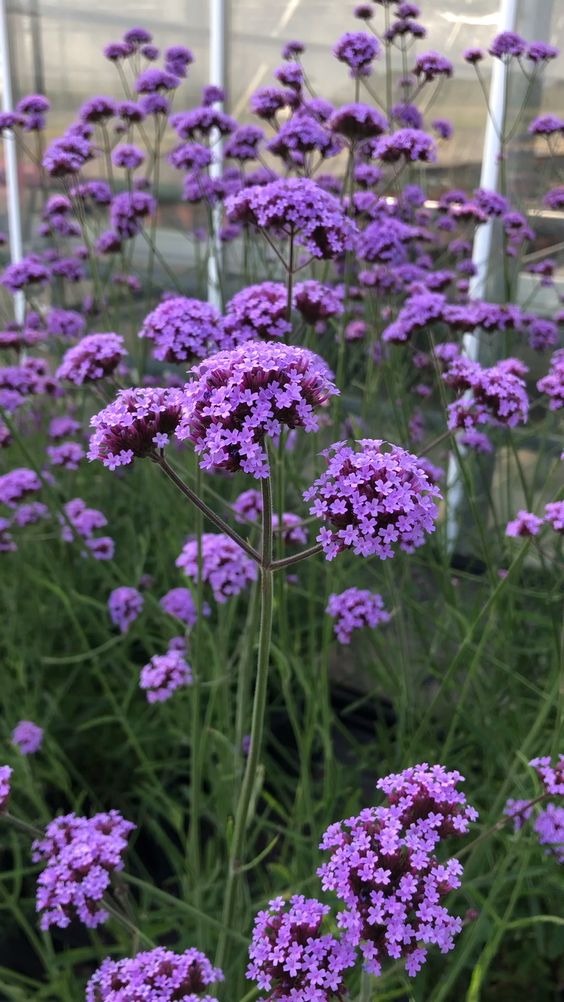
It blooms all summer long until fall and requires very little maintenance. Its flowers are multicolored and enjoy lots of suns. This will help keep deer away even though it might draw pollinators.
Creating a stunning garden filled with plants that attract butterflies is an incredibly fulfilling achievement. Not only does it add vibrant colors, beauty, and delightful scents to your yard, but it also invites monarchs, tiger swallowtails, and other butterfly species to pay a visit. So if you want to create a welcoming retreat for butterflies, filling your days with the enchanting dance of these winged wonders, let’s get started by choosing your favorites and don’t forget to share them with us.
